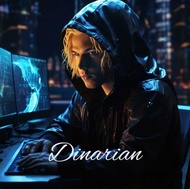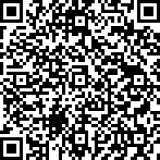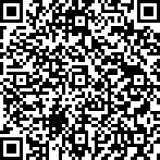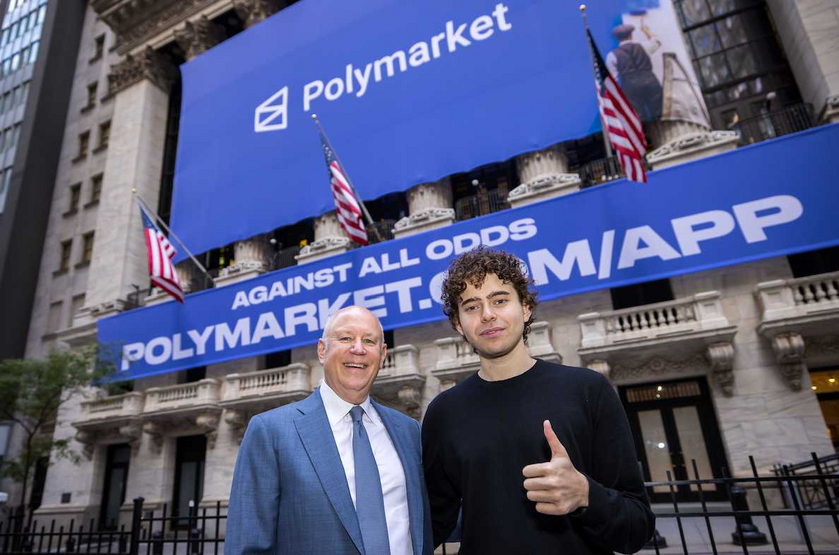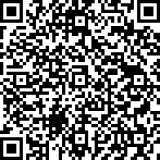In July Bloomberg reported that State Street was exploring tokenized deposits and a stablecoin. However, Donna Milrod the firm’s head of product, told the Financial News that the bank is not currently planning either of these, although she doesn’t rule them out in the future. However, it is working on tokenizing a bond and tokenizing money market funds (MMFs) for use as collateral.
Using MMFs as collateral means the funds don’t need to be liquidated in order to be used for margin calls. Tokenization also usually supports instant settlement rather than having to wait for redemption.
Collateral mobility is one of the killer use cases for institutional DLT. Onyx by JP Morgan has its Tokenized Collateral Network with BlackRock tokenizing the shares of one of its money market funds late last year. It then pledged them as collateral for a derivatives contract with Barclays.
Margin calls are not the only application. Any use cases requiring intraday transactions are a good fit for DLT. Collateral mobility enables swaps of high quality liquid assets (HQLA) amongst banks so they can ensure they hold appropriate assets on their balance sheet for compliance. For this reason, many of the big banks are backers of Europe’s HQLAᵡ.
Once the collateral is tokenized it can be used for intraday repo. JP Morgan has a repo solution for its clients, and Broadridge has its DLR repo offering. HQLAᵡ is readying for its client’s collateral to be used for repo through a collaboration with Fnality, the UK-based payment infrastructure that tokenizes deposits held in an omnibus central bank account. State Street is one of Fnality’s twenty institutional backers.
Until last month Ms Milrod was the leader of Digital Asset Solutions at State Street, but has now passed the baton to Vanessa Fernandes who reports to Ms Milrod.
